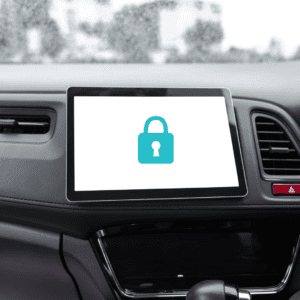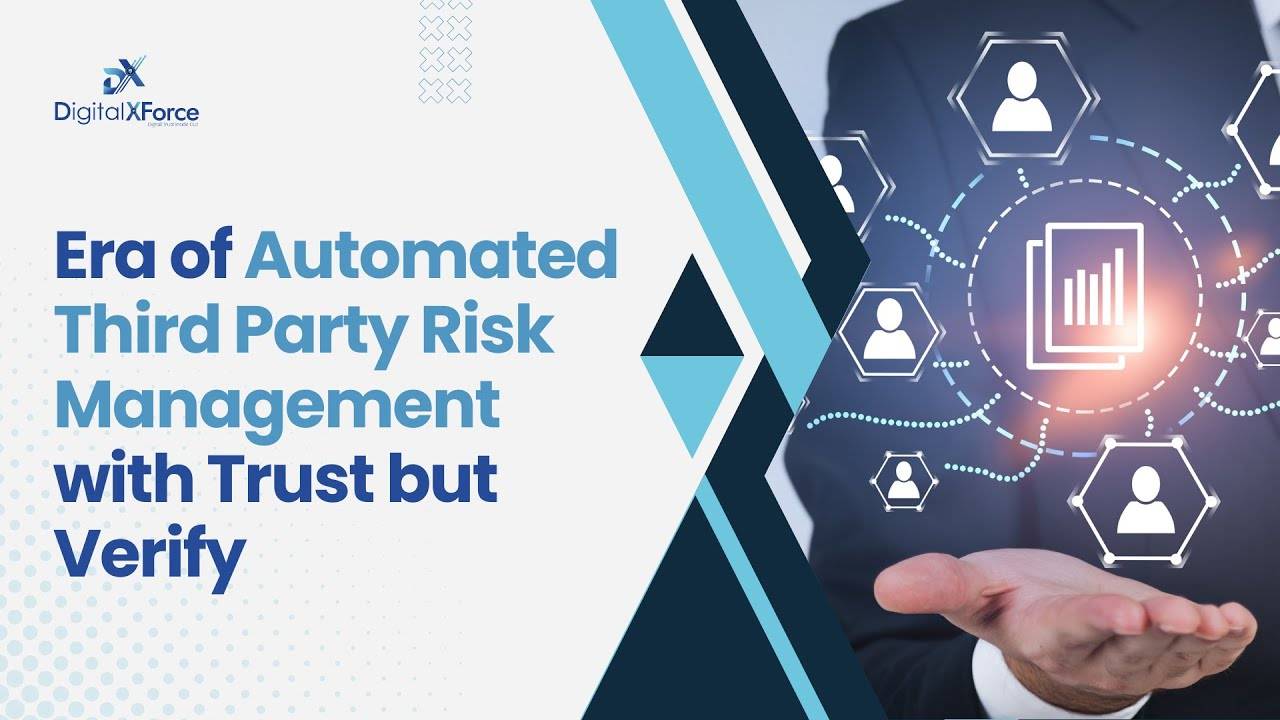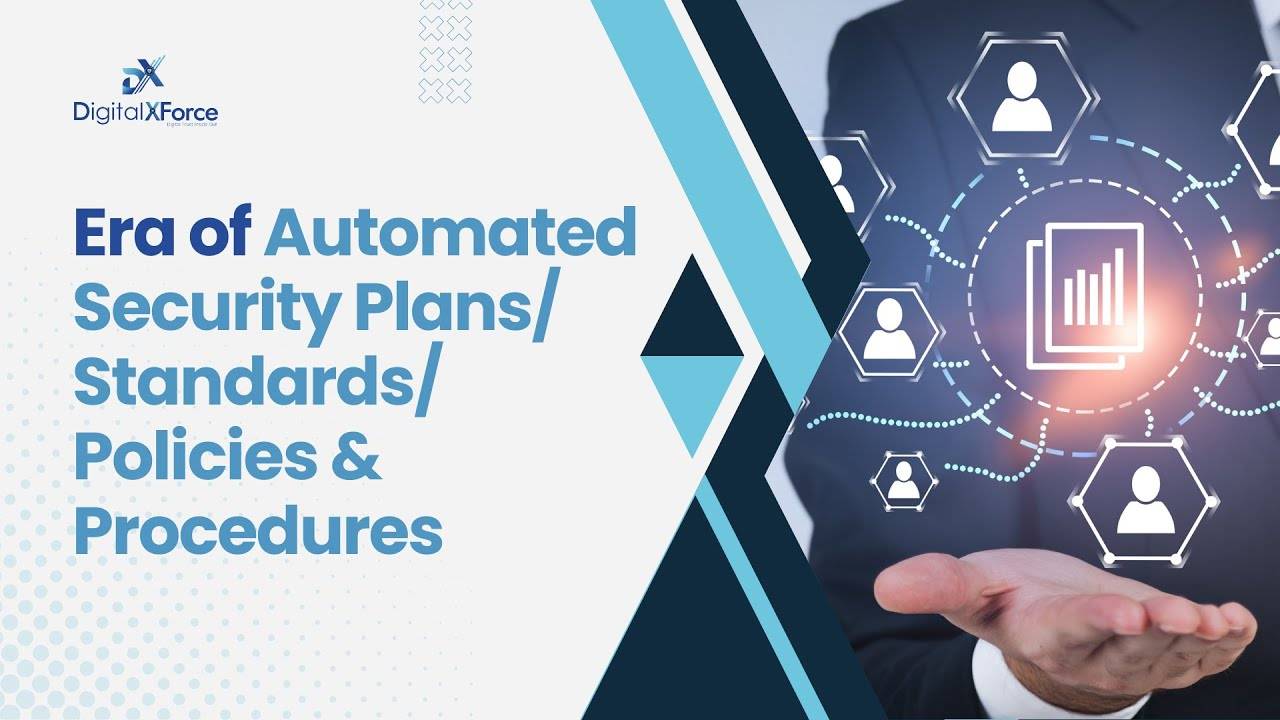Lalit Ahluwalia is committed to redefine the future of Cybersecurity by adding a “T-Trust” tenet to the conventional CIA Triad. Here, Lalit explores the cybersecurity risks associated with the use of autonomous “self-driving” cars and EV charging systems, the life-threatening impact of incidents associated with mobility tech advancement, and how to mitigate these cybersecurity risks.

As the world transitions to electric vehicles (EVs), the cybersecurity risks of these vehicles and their charging systems are becoming increasingly important. EVs are more connected than ever before, with a wide range of sensors, actuators, and software that are all vulnerable to attack. The automotive industry stands at the forefront of innovation with the advent of autonomous vehicles and electric mobility.
In addition to the risks to individual vehicles, there are also risks to the broader EV charging infrastructure. EV charging stations are often connected to the internet, which makes them vulnerable to cyberattacks. These groundbreaking advancements promise safer roads, reduced emissions, and unparalleled convenience. However, the rapid integration of autonomous cars and electric vehicle (EV) charging systems also opens a Pandora’s box of cybersecurity risks that demand our attention.
Hackers could exploit these vulnerabilities, disrupt the operation of charging stations, causing inconvenience to EV drivers or even causing blackouts. In this article, we will explore the rise of autonomous or self-driving cars and EV charging systems, highlight the cybersecurity risks associated with self-driving cars in this modern era, and discuss how to mitigate these risks and secure a better future for mobility tech.
The Rise of Autonomous Cars and EV Charging Systems
Autonomous vehicles have taken center stage as the epitome of innovation, promising to revolutionize transportation by eliminating human errors and accidents. Simultaneously, the transition to electric mobility aims to mitigate the environmental impacts of traditional gasoline-powered vehicles. It is undeniable that these advancements offer remarkable benefits, but we must tread carefully along this technological highway, for every leap forward comes with its own set of challenges.
Vulnerabilities and Cybersecurity Risks Beneath the Surface
As with any technology, the integration of complex systems opens the door to vulnerabilities that malicious actors could exploit. The convergence of autonomous vehicles and EV charging systems creates an interconnected web of data communication, leaving them susceptible to cyber threats. Just as the Wired article “Inside the Digital Hacking of a Tesla and Other Cars” highlighted the potential vulnerabilities, we must acknowledge that these risks extend to autonomous cars and EV charging stations alike.
- Data Privacy and Unauthorized Access
The crux of the matter lies in data privacy. Autonomous cars rely on a vast array of sensors and communication networks to navigate, which inevitably generates an immense volume of data.
This data, if breached, can compromise not only the driver’s personal information but also their precise location and travel history. The potential for unauthorized access to this information raises significant concerns about individual privacy and even the possibility of tracking.
- Malicious Manipulation and Remote Control
Imagine a scenario where a malicious actor gains control over an autonomous vehicle. They could manipulate its route, speed, or even its decision-making process, putting the safety of passengers and pedestrians at risk.
Similarly, EV charging systems, if infiltrated, could be manipulated to overcharge, undercharge, or even damage connected vehicles, disrupting the entire charging infrastructure.
- Supply Chain Vulnerabilities
The complex supply chains that underpin the automotive industry offer yet another entry point for cyber threats. A compromised component in an autonomous vehicle’s hardware or software could potentially have devastating consequences.
Moreover, as charging infrastructure becomes more interconnected, a single compromised charging station could lead to a ripple effect, affecting multiple vehicles in its vicinity.
- Firmware and Software Vulnerabilities
The heart of any autonomous vehicle lies in its software and firmware. Vulnerabilities in these components can be exploited to gain unauthorized access, introduce malware, or manipulate the vehicle’s behavior.
With over-the-air updates becoming the norm, the potential for hackers to infiltrate these updates and compromise the vehicle’s performance is a real concern.
How To Mitigate The Cybersecurity Risks of Autonomous Mobility
The road to addressing these cybersecurity risks is not without its challenges, but it is a journey we must undertake. It demands a collaborative effort between automakers, software developers, cybersecurity experts, regulatory bodies, and even the end users – the drivers and passengers themselves.
- Implement a Robust Security Measures
Autonomous vehicle manufacturers must adopt a “security-first” approach, integrating rigorous cybersecurity measures into every stage of the vehicle’s development. This includes thorough testing, secure coding practices, and continuous monitoring for potential vulnerabilities. Encryption and authentication protocols should be implemented to safeguard data communication channels.
- Conduct Regular Software Updates
Frequent software updates are essential not only for enhancing vehicle performance but also for patching security vulnerabilities. However, this brings its own set of challenges. Striking a balance between timely updates and ensuring their integrity is crucial to prevent malicious actors from exploiting the update process.
- Educate Users and Employees to Create Awareness
Empowering users (and employees) with knowledge about potential risks and safe practices is paramount. Drivers must be educated about the importance of regularly updating their vehicle’s software, avoiding unsecured Wi-Fi networks, and staying cautious against phishing attempts. A well-informed user is better equipped to recognize and respond to potential threats.
- Regulatory Frameworks – A Call to Action
Governments and regulatory bodies play a pivotal role in shaping the landscape of autonomous cars and EV charging systems. They should enforce stringent cybersecurity standards that manufacturers must adhere to. Furthermore, regulatory frameworks should promote transparency, ensuring that consumers are informed about the data collection and usage practices of autonomous vehicles and charging stations.
- Collaboration Across Industries
The fight against cyber threats requires a united front. Collaboration between the automotive industry, cybersecurity experts, academia, and government agencies can foster the development of innovative solutions and strategies to mitigate risks effectively.
Embracing a Safer Future for Autonomous Mobility
As we stand at the intersection of innovation and cybersecurity, the journey towards a safer autonomous driving and electric mobility future requires careful navigation. The risks posed by malicious actors are real, but they should not overshadow the potential benefits of these groundbreaking technologies. By addressing these vulnerabilities head-on and adopting a proactive approach, we can pave the way for a future where autonomous cars and EV charging systems thrive securely on our roads.
Conclusion
The fusion of autonomous cars and EV charging systems represents an unparalleled leap in transportation technology. Yet, the cybersecurity risks that accompany these advancements should not be taken lightly. The lessons from recent hacking incidents underscore the urgency of developing robust safeguards to protect individuals’ privacy, data, and safety.
As we accelerate toward this new era of mobility, let us do so with a commitment to innovation tempered by a steadfast dedication to cybersecurity. Only through collaborative efforts and a relentless pursuit of technological excellence can we truly reap the benefits of a connected, autonomous, and electric future.
Related Articles
Ransomware-as-a-Service: Assessing Impact on Small and Medium-Scale Enterprises
Risk Quantification: A Holistic Approach to Measuring Cyber Threats
Is TRUST the Future of Digital Transformation in Cybersecurity?



